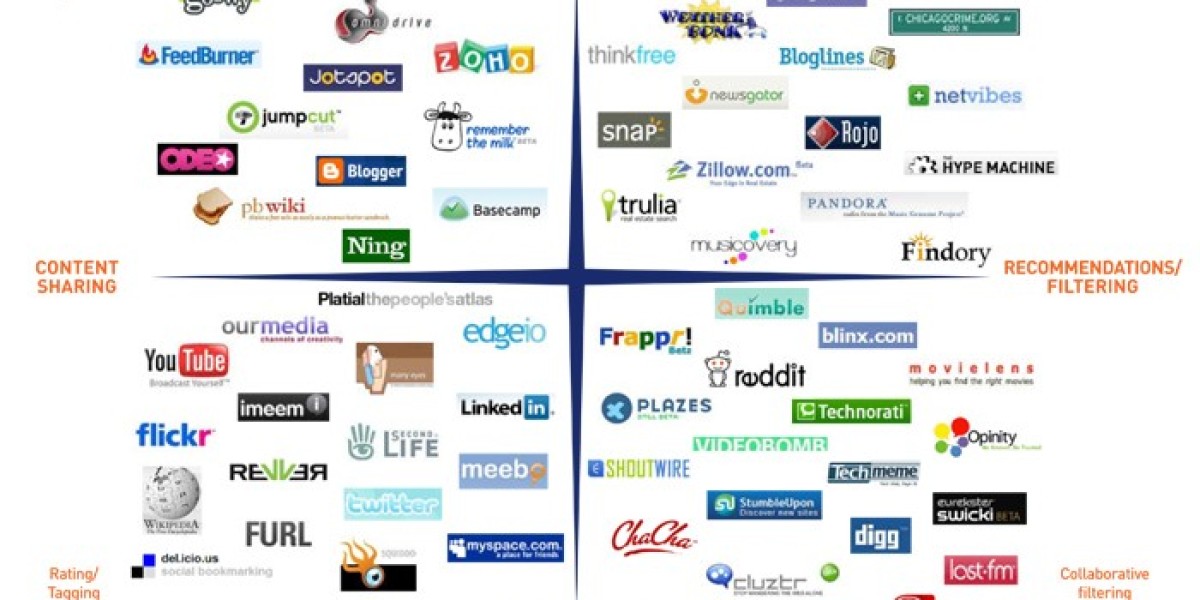Choosing the right approach for Python development in India – building an in-house team or outsourcing – requires a thorough cost-benefit analysis. This decision significantly impacts project success, budget, and long-term strategy. Let's break down the key factors:
1. Direct and Indirect Costs:
In-House:
- Direct Costs: These include salaries, benefits (health insurance, retirement contributions, etc.), recruitment costs (job postings, agency fees), training, infrastructure (hardware, software licenses, office space), and ongoing operational expenses (electricity, internet).
- Indirect Costs: These are often overlooked but crucial. They encompass management overhead for the development team, HR and administrative costs associated with employees, potential downtime due to employee turnover, and the opportunity cost of diverting internal resources from other strategic initiatives.
Outsourced:
- Direct Costs: Primarily the contractually agreed-upon fees for development services. This can be a fixed price, time and materials, or a dedicated team model. Factor in potential travel costs if on-site collaboration is required.
- Indirect Costs: These might include the time spent selecting and managing the outsourcing vendor, communication overhead, potential cultural or time zone differences, and the cost of knowledge transfer back in-house if needed.
2. Quality Considerations:
In-House:
- Pros: Greater control over the development process, direct communication with the team, potential for deeper integration with existing systems, and a stronger understanding of the business domain.
- Cons: Difficulty in finding and retaining top Python talent, especially in a competitive market. Quality can be inconsistent if the team lacks specific expertise.
Outsourced:
- Pros: Access to a wider pool of specialized Python developers with diverse skill sets. Outsourcing vendors often have established quality assurance processes and best practices. Can leverage niche expertise without the overhead of hiring full-time employees.
- Cons: Potential communication challenges, cultural differences, and varying levels of experience among outsourced team members. Requires careful vendor selection and robust project management to ensure quality.
3. Project Management Overhead:
- In-House: Requires dedicated project managers to oversee the development team, track progress, and manage risks. This adds to the overall cost.
- Outsourced: The outsourcing vendor typically handles project management, which can reduce the burden on internal resources. However, your organization will still need a point of contact to communicate requirements and monitor progress. The level of management overhead depends on the complexity of the project and the chosen outsourcing model.
4. Scalability Factors:
- In-House: Scaling up or down can be challenging and time-consuming. Hiring and onboarding new employees takes time, while downsizing can be difficult and costly.
- Outsourced: Offers greater flexibility in scaling resources up or down quickly based on project needs. This agility can be a significant advantage, particularly for projects with fluctuating demands.
5. Risk Assessment Framework:
A comprehensive risk assessment is essential for both options:
In-House:
- Risks: Talent acquisition and retention, skill gaps, development delays, budget overruns, and internal resource constraints.
- Mitigation: Competitive compensation and benefits packages, continuous training and development programs, robust project planning, and proactive risk management.
Outsourced:
- Risks: Vendor selection, communication barriers, quality control, data security and confidentiality, intellectual property protection, and potential time zone differences.
- Mitigation: Thorough vendor due diligence, clear communication protocols, well-defined contracts with service level agreements (SLAs), robust security measures, and regular progress monitoring.
Conclusion:
The decision to develop Python projects in-house or outsourced in India depends on various factors, including project complexity, budget, timeline, required expertise, and risk tolerance. A thorough cost-benefit analysis, considering both direct and indirect costs, quality, project management overhead, scalability, and risk assessment, is crucial for making an informed decision. There is no one-size-fits-all answer. Carefully weigh the pros and cons of each approach in the context of your specific needs and objectives. Sometimes, a hybrid approach, combining in-house expertise with outsourced resources, can be the most effective solution.









